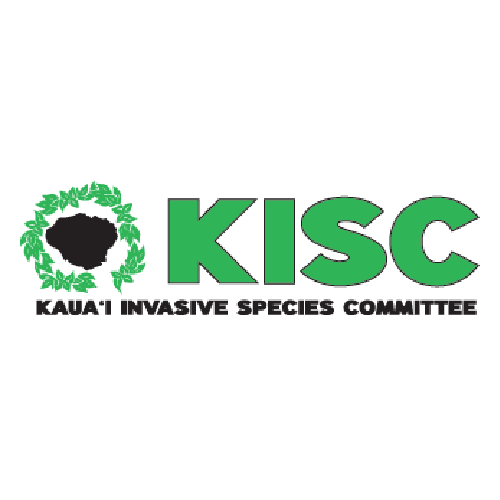Family: Rubiaceae
High Risk Traits:
- Broad climate suitability (elevation range exceeds 1000 m in native range)
- Thrives in tropical climates
- Naturalized on all of the main Hawaiian islands except Ni'ihau; widely cultivated and naturalized elsewhere
- Wild coffee is an environmental weed in Australia, and the Hawaiian Islands, where it threatens several native, endangered plant species
- Aqueous extracts of leaves, stems, and roots exhibit allelopathic properties
- Wild coffee may host pests and pathogens of commercial coffee, and other plants
- Shade tolerant
- Forms dense stands that exclude other vegetation
- Reproduces by seeds
- Hybridizes with Coffea liberica
- Autogamous and self-compatible
- Reaches maturity in 3-4 years
- Seeds dispersed by birds, mammals, and intentionally cultivated by people
- Occurrence along streams suggests water may also disperse seeds
- Able to resprout from cut stumps (unless treated with herbicide)
Low Risk Traits:
- Commercial coffee is an important economic crop. Active cultivation and management can minimize risk of invasiveness
- Unarmed (no spines, thorns, or burrs)
- Not reported to spread vegetatively
- Seeds reported to lose viability quickly if not stored properly
- Herbicides may provide effective control




